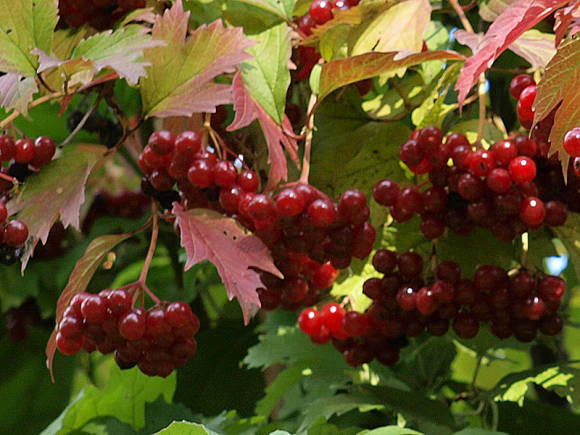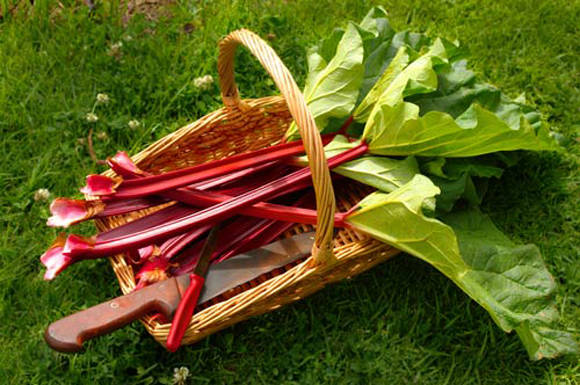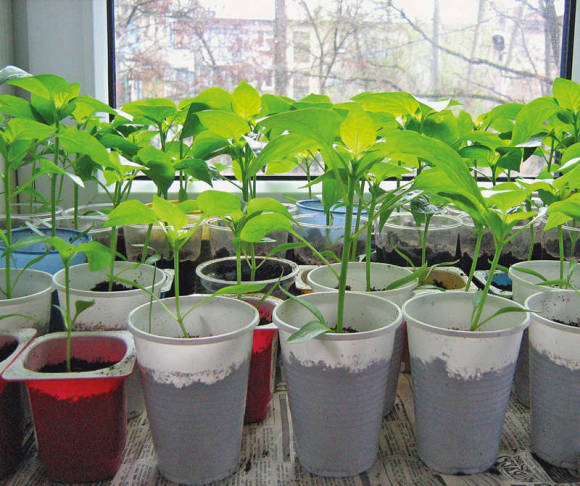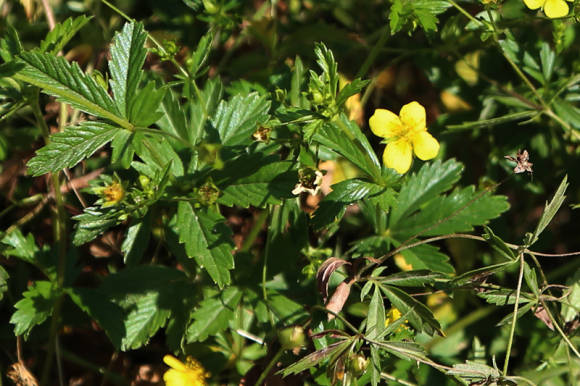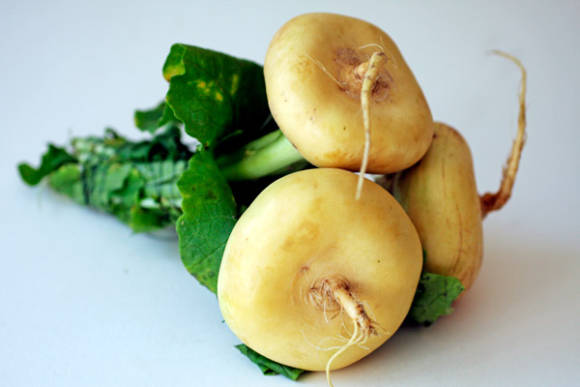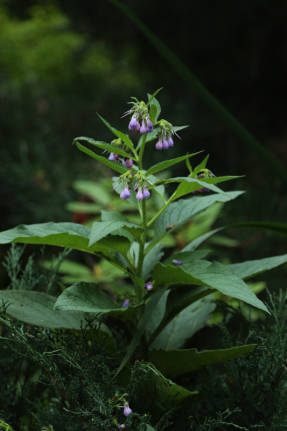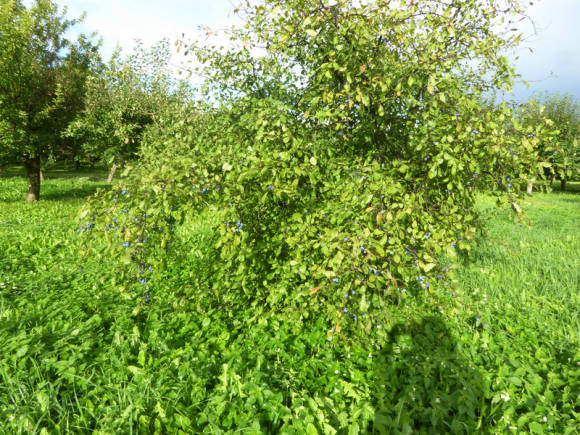
It is not for nothing that the cultivation of Brussels sprouts (see Brussels sprouts) has become popular in Belgium and in the neighboring countries of Europe, where the climate is cooler. The rather long growing season of this crop (from late spring to late autumn) allows light frosts to improve flavor and increase the amount of nutrients in each vegetable. Brussels sprouts are a hardy vegetable rich in vitamins and antioxidants. Its taste becomes especially sweet if you subject the cabbage to a couple of frosts, after which the heads of cabbage can be eaten simply raw, as well as baked, fried or steamed.
Since the growing season of this crop is 4-6 months, it is most often grown by the seedling method. Even the earliest hybrids can begin to form heads of 1.5 cm no earlier than 100–120 days from sowing.
Growing seedlings
For seedlings, a loose, moisture-absorbing substrate with a neutral reaction is suitable. The best option is sod land with the addition of sand, high peat, as well as perlite or vermiculite, with the help of which moisture in the soil will be retained for a longer time.
Sowing seeds is best from mid-March to early April. Seeds are sown in seedling boxes, watered well and covered with foil. At night, the temperature should not be higher than + 6 ° C, and during the day - about + 18 ° C. Seedlings are grown at home, in greenhouses or in special nurseries.
Seedlings begin to appear within 3-5 days. At this time, you should remove the plastic wrap from the boxes, move them to more illuminated places. To prevent the seedlings from stretching, it is recommended to carry out additional lighting.
Seedlings of Brussels sprouts need regular watering and loosening of the soil.
The picking of seedlings is carried out during the formation of one real leaf. The picking pattern is 6x6 cm.Before transplanting, the seedlings are spilled with a weak solution of potassium permanganate, and then they are carefully seated in cups. When picking, it is necessary to ensure that the roots do not bend, too long roots can be pinched. The seedling is buried to the cotyledonous leaf. The containers are placed in a shaded place for several days, preferably with humid air.
The first feeding is carried out in the phase of the second - third leaves. The second feeding is done a couple of weeks before transplanting. Urea, potassium sulfate, boric acid are used for this.
Planting seedlings in open ground is carried out when 4-5 leaves are formed in the sprouts. This usually happens in mid-May. You can start planting seedlings after the soil has warmed up to + 10оС. Do not overdo the seedlings, as large plants with a large number of leaves do not take root well and give a small harvest.
 |  |
Open, sunny locations are best for growing Brussels sprouts.
Like broccoli or cauliflower, Brussels sprouts prefer well-drained soil and do not require excessive nutrient soil. Digging of the site should be done in the fall, and in the spring, fertilize at the rate of 1 square meter of the plot with a bucket of compost or humus.
The best precursors for Brussels sprouts are nightshades (potatoes, tomatoes), squash, legumes, and onions.
Transplanting
For planting seedlings, holes are prepared, in each of which 1 small spoon of urea, 2 tablespoons of superphosphate, 2 glasses of wood ash are laid. Fertilizers applied to the hole are well mixed with the ground.
Landing scheme - 60x60 cm. The sprout waddles along with a lump of earth, sprinkled, compacted and watered. The ground should be well pressed so that no air remains near the roots of the bushes.
Temperature... Cultivation of Brussels sprouts is best achieved in cool weather at temperatures around + 15.5… + 18 ° C.Although Brussels sprouts do not like the summer heat, they are quite hardy both in summer and in colder temperatures.
Care... Plants need periodic careful hilling and weeding so that the lower heads of cabbage do not start to rot. These works are carried out extremely carefully, since the roots are small and prone to damage.
Throughout the season, if any of the lower leaves of the plant begin to turn yellow, they are removed from the stems. Some gardeners believe that shoots develop better if the bottom 6-8 leaves are removed from the stem as the shoots develop. Two or three bottom leaves can be removed each week, but the few largest, healthiest, fully expanded top leaves should always be left intact on top to allow normal plant development to continue.

Watering... Watering is an important part of growing Brussels sprouts. When watering, do not use high-pressure installations, as the young leaves of this cabbage are very delicate. Constant watering is required throughout the growing season. The soil must be moist, but free of stagnant water, to avoid disease.
Mulching can be done in June to maintain moisture and lower soil temperatures.
Top dressing... Cabbage must be fertilized with urea and potassium sulfate. Foliar dressing with boric acid, molybdenum and manganese solution is also necessary. During the formation of the ovary, the settled bird droppings are introduced with the addition of ash. All dressings are carried out on wet soil to avoid burning the leaves and root system. After feeding, you need to spill the plants with a little water to wash off the fertilizer from the leaves.
Pinching... To accelerate the maturation of the heads of cabbage and increase their weight at the end of the growing season, it is recommended to pinch the apical parts of the shoots. As a result, the outflow of nutrients to the forming heads of cabbage begins, accelerating their growth and maturation. The operation should be carried out on late-ripening varieties and hybrids no later than August, this is especially true for the northern regions, Siberia and the Moscow region. For early and mid-late varieties, the edging is not carried out. Rosette leaves are cut one month before harvest.
Pest control... To destroy the harmful parasites that remain in the soil for the winter period, the beds should be deeply dug in the fall.
In the spring, it is necessary to remove cruciferous weeds from the beds so as not to attract pests to it. To scare away cabbage flies, sprinkle the beds with tobacco mixed with ash or lime.
Harvesting and storage
A sure sign that the harvest of Brussels sprouts is ready - the characteristic shine of the heads of cabbage. Brussels sprouts are ready to harvest when the tiny heads are hard, green and 3 to 6 cm in diameter. The highest quality cabbages ripen on sunny days with light frost at night.
Brussels sprouts of early varieties are harvested all at once, when the diameter of the heads of cabbage is more than 2 cm. The heads of cabbage of the middle and late varieties are plucked from the plants 3-4 times.
However, modern hybrids are characterized by simultaneous maturation of heads of cabbage, without the dominance of lower heads. Therefore, such plants can be uprooted and, if necessary, stored in a cellar by digging in the roots in wet sand or sawdust. This allows you to extend the ripening period of the crop and contributes to the accumulation of sugars in the heads of cabbage.
The stem is cut off at the surface of the ground, the remaining leaves are removed. If such a stem with heads of cabbage is wrapped in a bag, it can be stored in a cool place for about two months. The heads are removed by gently twisting them until they come off the plant. In frozen form, cabbage lasts up to four months.

Brussels sprouts varieties
Today you can find the following varieties of Brussels sprouts on sale:
- early varieties suitable for cultivation throughout Russia, since the crop can be harvested on the 85-100th day after seed germination: Dolmik F1 (Holland), Isabella (Poland), Long Island improved (USA);
- mid-late varieties, as a rule, - plants of small height, on the stems of which from 30 to 80 heads of cabbage can form: Hornet, Vertus, Rosella (Germany), Machuga (Poland), Perfection (Russia);
- late-ripening varieties are the most productive, since due to the long growing season, up to 70-120 heads of cabbage can form on the plant: Groninger (Germany), Long Iceland (Italy), Meso Nano (Italy), Ketskill (USA).
If you choose the right variety for your region that is most suitable for the climate, then it is not so difficult to grow this amazing cabbage. But a healthy and tasty plant will appear in your garden, which will also look very unusual. And having learned how to properly cook Brussels sprouts, you can safely consider yourself a real chef and culinary gourmet!
Read also the article Secrets of Cooking Brussels Sprouts

